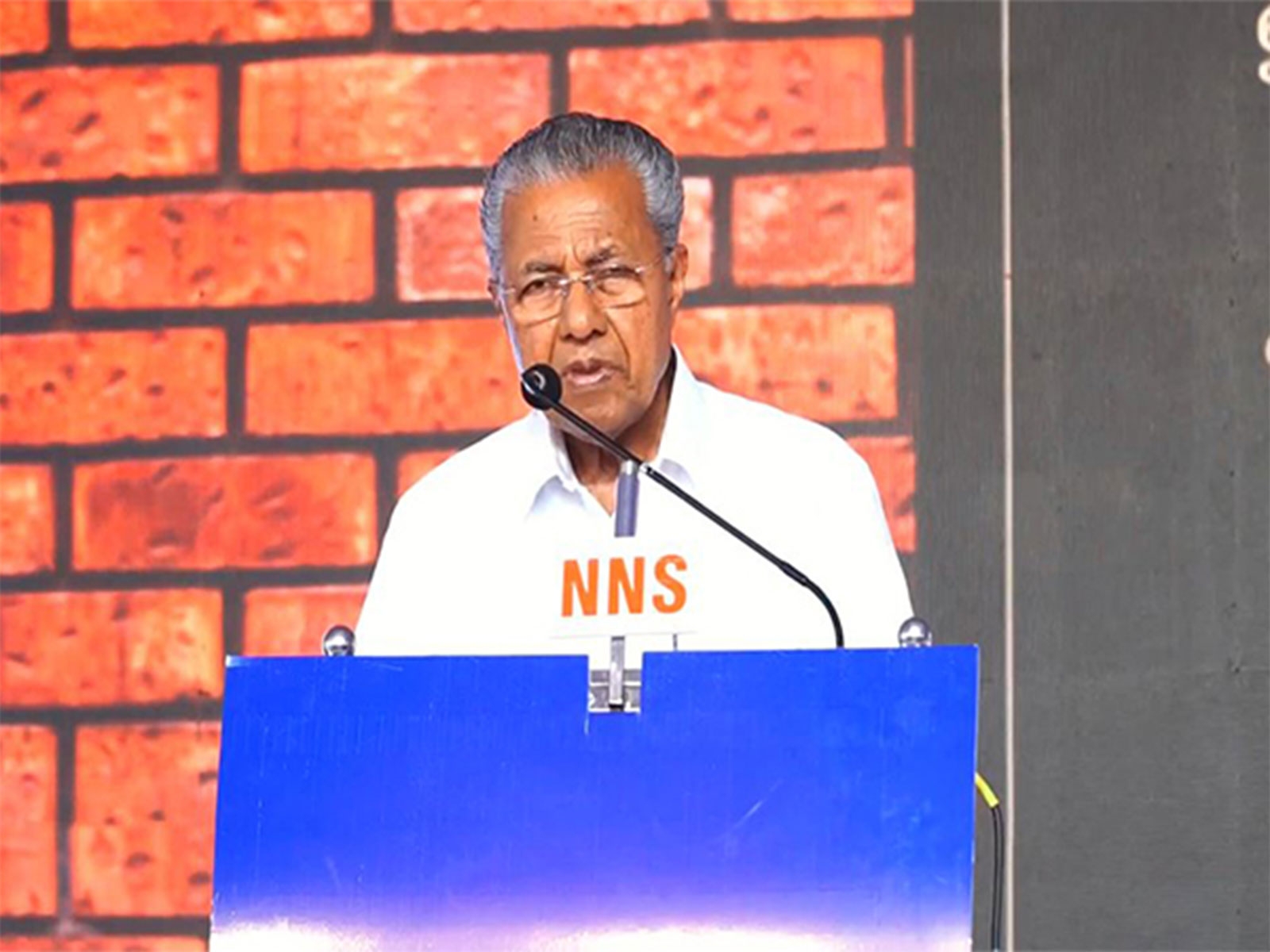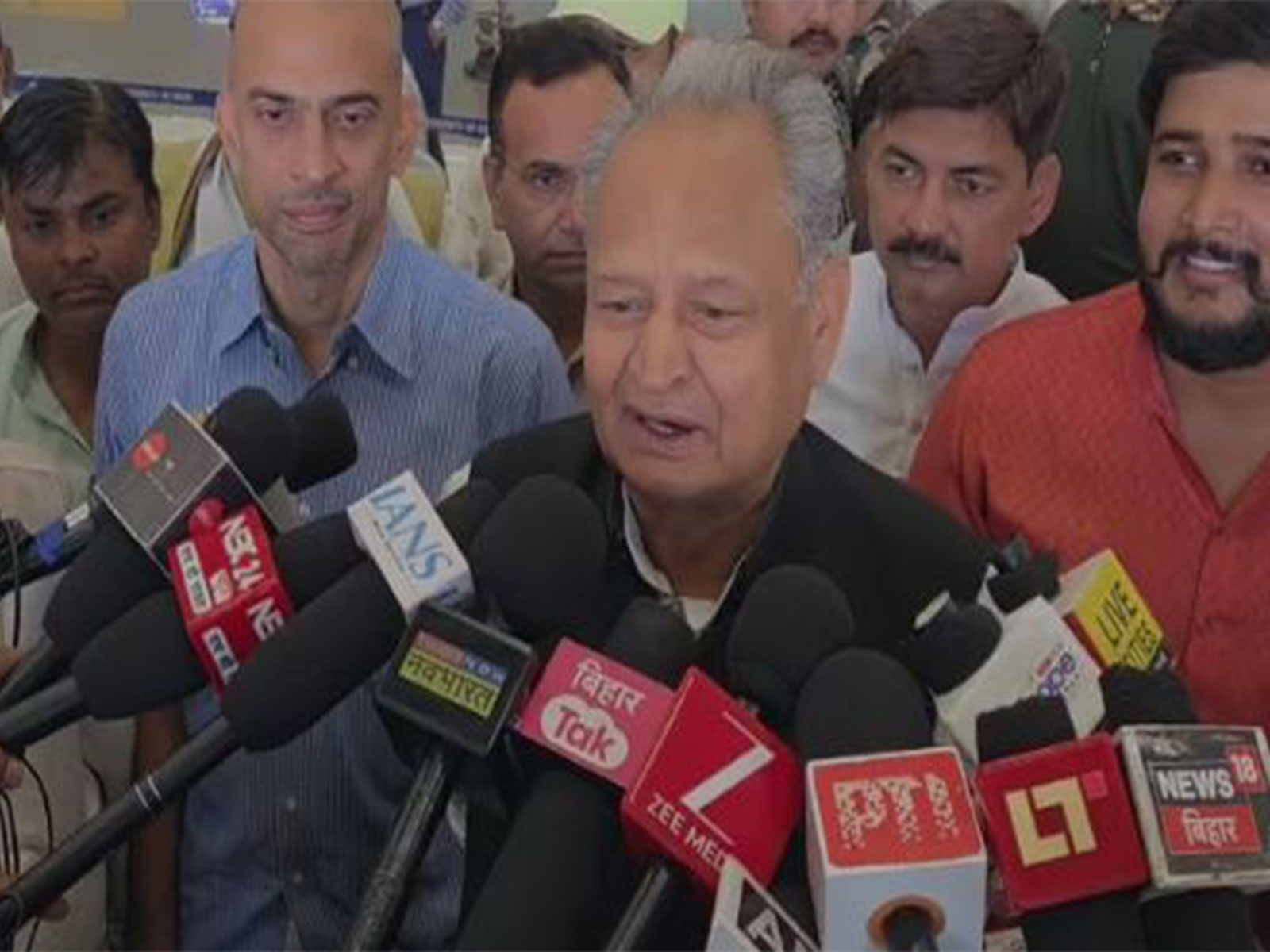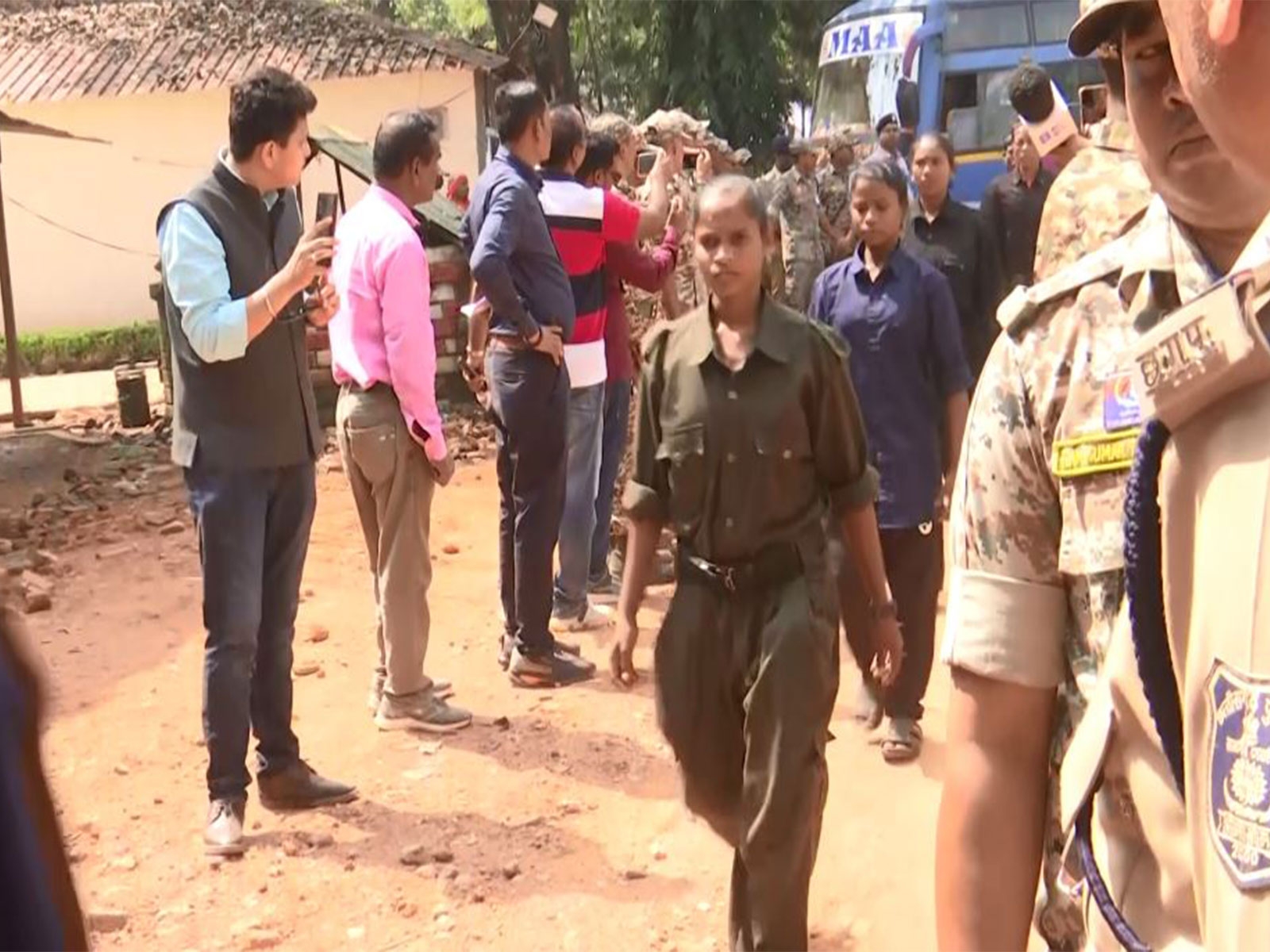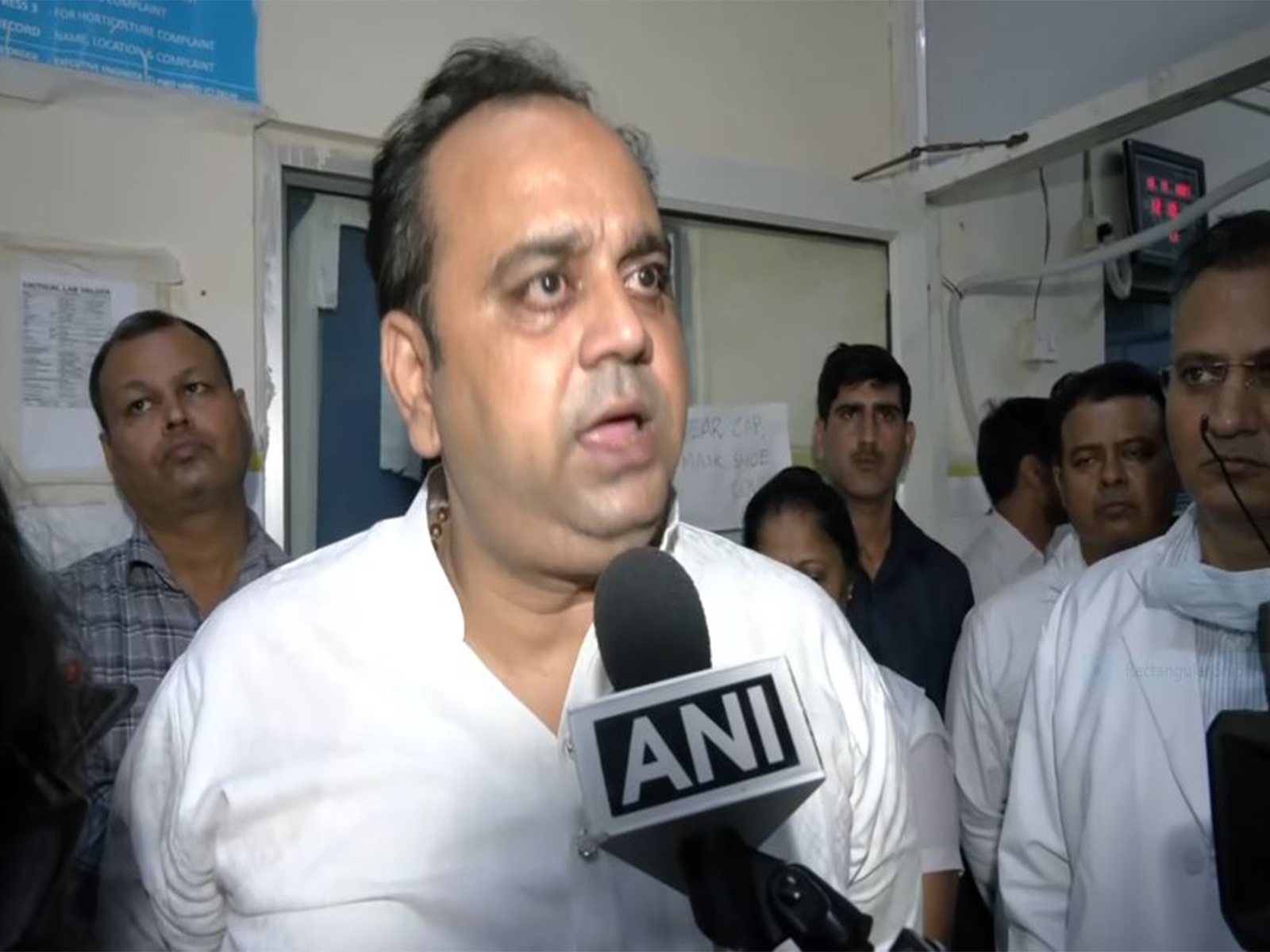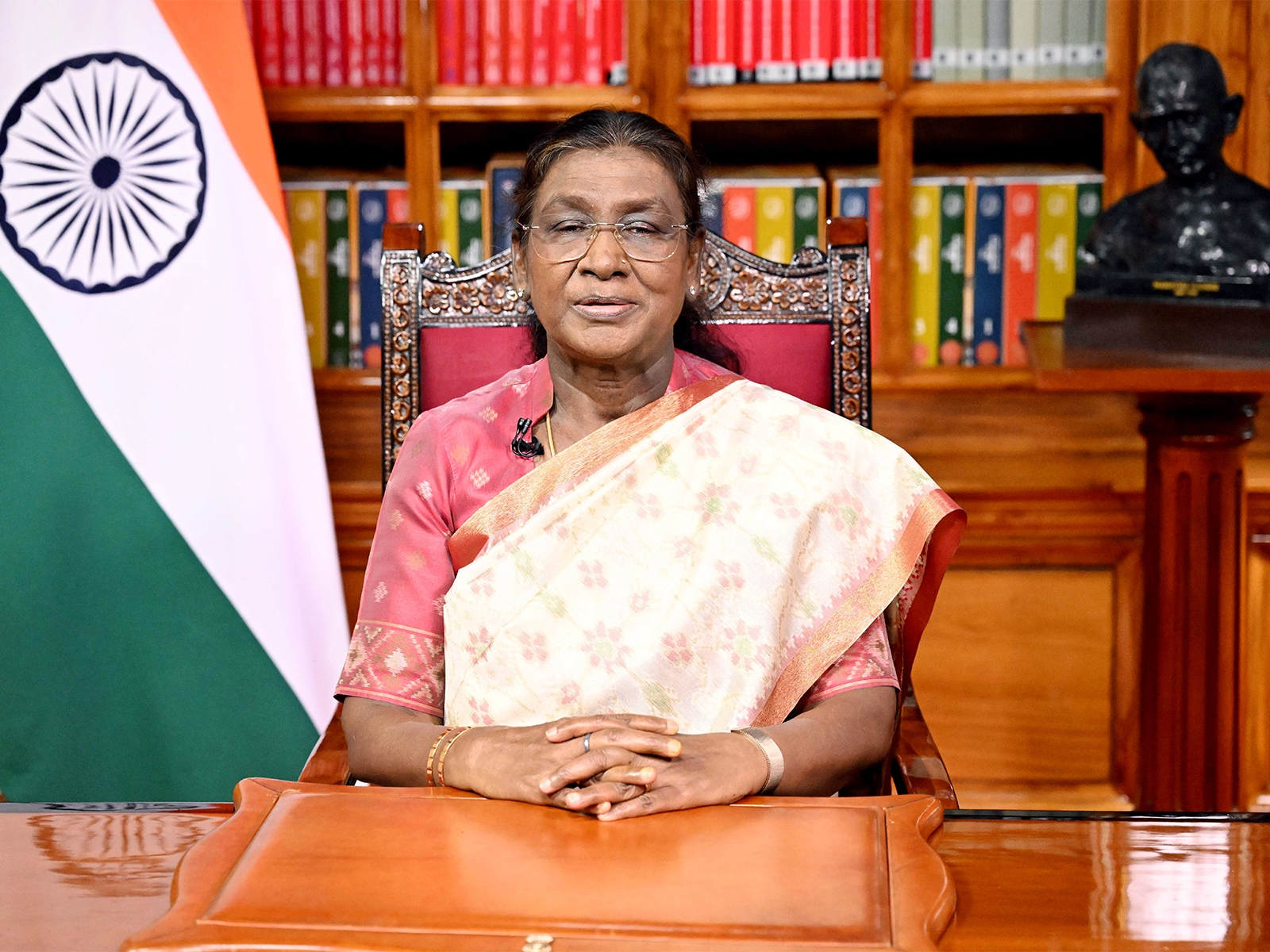Why the govt's new civil aviation policy is no game-changer

- The government has recently come out with a new civil aviation policy
- The biggest change from an industry perspective is airlines don\'t need to fly domestic routes for five years before going international
- The policy doesn\'t address some of the biggest challenges facing the industry in India
- Issues like red-tapism will still crop up, in the absence of a \'single window\' model of clearance for new players
- What are the biggest problems facing the aviation sector in India?
- Why this move will only benefit AirAsia and Vistara
The Narendra Modi government on Wednesday, 15 June, came out with its magnum opus civil aviation policy.
The policy took nearly one year of tinkering, ministerial rejections, state vs Centre bickering, and even conflicts with consultants (including three who were advisors to AirAsia and Vistara) to see the light of day.
But when it did, it omitted the core underlying requirement which the sector has been crying out for for ages - to make India a 'Bilateral Open Sky'.
The big move
From the announcements made on Wednesday and seeing the Ministry of Civil Aviation documents, the entire 'new policy' boils down to this - the 5/20 rule has become 0/20. This rule required carriers to complete five years of domestic operations, and have a fleet of 20 planes, in order to be considered for international operations.Now, any carrier can fly on international routes, provided it has a fleet of 20 planes or deploys 20% of its flights in the domestic market.
This is something that needed to be imperatively done, as India is one of the fastest growing air travel markets by demand.Ease of operations in India
However, the policy skips the most significant feature that India is known for - and that is red-tapism and start-up delays.
The process to start an airline in India is a challenge as several ministries are involved in the process. In the absence of a 'single window' model, procedural clearances, including those linked to inducting and operating an aircraft, are among the worst. This is because there are no clear-cut government-defined time limits.
Let's be clear: India isn't the most business and investor-friendly country in the world. In terms of the ease of doing business, as per the World Bank, we're still 130^th out of a total listing of 189 countries.
Add corruption, bureaucratic lethargy and politics to the mix, and we're clearly in a zone of investor disinterest and high start-up costs.
Problems galore
By conservative estimates, with the playing field as it stands, a new airline would take a minimum of 60 months or five years to fill up a 20 aircraft fleet, if it were to induct both new and pre-owned aircraft, while balancing profitability and operational viability.
Even with a blend of dry and wet-leased aircraft, the time period could at best be reduced to 48 months (four years).
In addition, the Asia-Pacific region today is dealing with a shortage of qualified senior pilots, and there's no solution in sight. This obviously increases the concern about attracting the right aviation talent to India. For the average expat pilot, India isn't a preferred destination, because of the overall quality of life, and more importantly, salaries that aren't tax free.
The airline business around the world is also dealing with increasing external cost factors. Oil prices are back around the $50 per barrel mark after hitting historic lows in the recent past. A strong dollar or euro and a weak local currency also affects the business, as do increased domestic inflationary pressures and supply chain delays, which push back aircraft deliveries.
What the govt missed out
So what does India need to become a preferred aviation destination?
An airline that hits the critical mass for international operations still needs to operate under a 'Bilateral Flight Right', which continues to be under government control. Therefore, if the airline obeys the government's rules, it will need to ask the ministry for access to international flight rights, which could be the biggest hindrance in times to come.
What the policy needed to do, but didn't, is to begin the transition to a 'Bilateral Open Skies' aviation structure. This would permit any airline, Indian or foreign, to fly in and out of any destination in India, provided it is on reciprocal terms with the other countries' airlines.
Another bit missing is a reduction in corporate taxes, and a procedural framework that will allow a 'single window' approach to starting up an airline. This is something that the UAE, Singapore and some other countries have already put in place.
Clearly, the government's move to change 5/20 to 0/20 is no big deal. It has only addressed one of the many hurdles that fall in the way of a new airline.
If anything, it appears that this policy has been designed to help AirAsia and Vistara, the Tata-Singapore Airlines joint venture.
(The writer is founder and CEO, Martin Consulting LLP)
First published: 17 June 2016, 19:13 IST
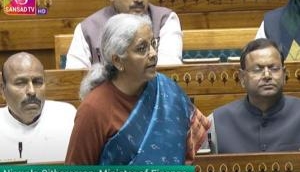

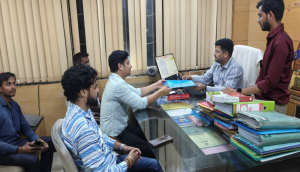


![BJP's Kapil Mishra recreates Shankar Mahadevan’s ‘Breathless’ song to highlight Delhi pollution [WATCH] BJP's Kapil Mishra recreates Shankar Mahadevan’s ‘Breathless’ song to highlight Delhi pollution [WATCH]](https://images.catchnews.com/upload/2022/11/03/kapil-mishra_240884_300x172.png)

![Anupam Kher shares pictures of his toned body on 67th birthday [MUST SEE] Anupam Kher shares pictures of his toned body on 67th birthday [MUST SEE]](https://images.catchnews.com/upload/2022/03/07/Anupam_kher_231145_300x172.jpg)


